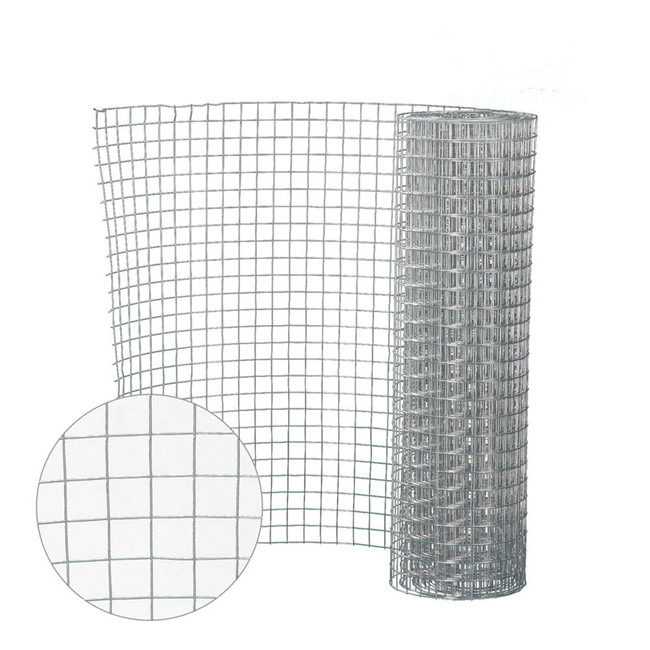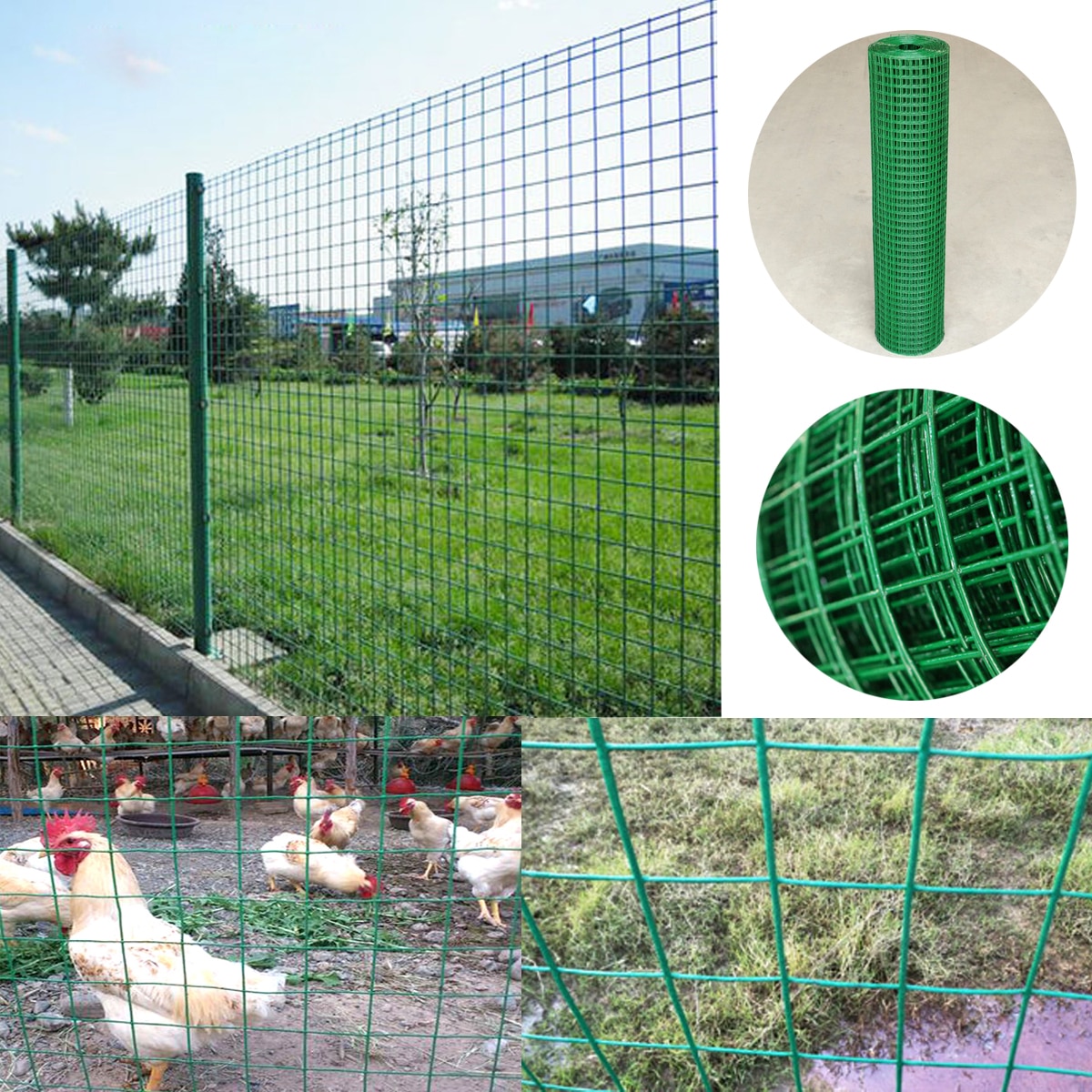Milling cutters hold the devices and study and analyze their characteristics. During the training of the Machine Tool Institute of the Technical University of Darmstadt, Germany, I was fortunate to participate in some research work on high-speed milling. Now I introduce and analyze the structure and characteristics of the high-speed milling spindle and toolholder system. First, the high-speed machine tool spindle system 5. Air-tight seal 6 pressure air 7 Lubricating oil circuit 8 vibrating check This high-speed milling machine electric spindle generally adopts precision angular contact ball bearings that can adapt to high speed and can bear radial and axial loads at the same time. Angular contact ball bearings must be preloaded in the axial direction for proper operation. The preloading not only eliminates the axial clearance of the bearing, but also improves the bearing stiffness and the rotation accuracy of the spindle. In general, the greater the preload, the better the effect of increasing stiffness and rotation accuracy; on the other hand, the greater the preload, the higher the temperature rise and thus the service life. The most widely used high speed spindle bearings are hybrid ceramic ball bearings. That is, the ball is hot pressed Si3N4 ceramic ball, and the bearing ring is still a steel ring. The Si3N4 ceramic ball has the advantages of light weight, high modulus of elasticity, low coefficient of linear expansion, high hardness and no seizure with metal. Therefore, the hybrid ceramic ball bearing is particularly suitable for high-speed operation. The high-speed electric spindle assembled by the same can have the advantages of high speed, high rigidity, high power, and long life. The lubrication method of high-speed electric spindle is generally based on grease lubrication, less oil lubrication and oil mist lubrication. Grease lubrication is a more common method of lubrication in electric spindles with lower (nXd) values. The grease-lubricated high-speed electric spindle has a simple structure but a high spindle temperature rise and a short working life. Oil mist lubrication has the dual function of lubrication and cooling. It is powered by compressed air. The oil is atomized by the oil mister and mixed into the air stream, and then delivered to the place where lubrication is needed. Oil mist lubrication is a widely used high-speed electric spindle lubrication method. Less oil lubrication is a new type of lubrication. Although the equipment required is complicated and costly, these lubrication methods can accurately lubricate each bearing separately. The utilization rate of lubricating oil is extremely high, and the bearing heat is small. The speed parameters (Xd) under various lubrication modes can be achieved respectively: Grease lubrication: The common cooling method for electric spindles is to use water cooling to reduce the temperature rise of the spindle system. The cooling system of the high-speed electric spindle mainly relies on the circulating flow of the cooling liquid, and the flowing cold compressed air can perform a certain cooling effect. The maximum speed at which the rolling bearing supports the electric spindle depends on the size, arrangement and lubrication of the bearing. The motor spindle has been developed to a speed range of 10,000 to 18,000 rpm. In order to maintain the optimal dynamic characteristics and design parameters of the spindle, its power setting must be adapted to various cutting requirements (cutting reinforced fiber mixture or steel), range The magnetic bearing spindle system is a new type of high speed spindle at 1~45kW. The structure of the high-speed milling machine magnetic bearing spindle developed by the Machine Tool Institute of Darmstadt University is as shown in the figure. It can be seen from the figure that the high-speed spindle high-speed magnetic bearing spindle structure 1, 10. thrust direction sensor 2, 11 Safety backup bearing 3, 8. Radial sensor 4, 7. Radial bearing 5. Mandrel 6 asynchronous motor 9. Thrust bearing The rigidity of the magnetic bearing main shaft has an increase with the increase of the rotational speed. The stiffness characteristics of the spindle at high speeds are unmatched by other high speed spindle systems. Magnetic bearing spindles are also non-contact, such spindle systems have a long life and do not require lubrication, reducing some of the manufacturing and operating costs. The maximum speed range of the magnetic bearing spindle system has been developed. The shaft diameter of the spindle can be very large, and its speed parameter (nXd) can be as high as 4 1 C6. This is much higher than the rotational speed parameters of other types of spindle systems. The magnetic bearing spindle can reduce the stiffness of the rotary synchronizing frequency extremely and reduce the stiffness of the other parts by using a center-band narrow-band filter synchronized with the rotational frequency of the main shaft of the magnetic bearing. After adopting this measure, the rotation error of the 750/15 type magnetic bearing main shaft is below 0. um, and the rotation accuracy can reach 0 or less when the rotation speed is low. The magnetic bearing spindle has excellent dynamic characteristics. When a load of a specific frequency component is applied to it, if the frequency coincides with a structural resonance point other than the machine tool spindle, the machining accuracy is lowered. In general, such problems can be solved by reducing the rotational speed, but the magnetic bearing spindle can increase the electrical attenuation at this particular frequency to improve machining accuracy without reducing the frequency. In addition, the spindle can monitor the sharpness and vibration of the tool by monitoring the signals of the axial and radial sensors and the current of the magnetic bearing. It can also adaptively control the cutting process to improve the machining accuracy. The accuracy and surface quality of high-speed machining depends to a large extent on the spindle-tool interface and the advantages and disadvantages of the tool clamping system. They must have the performance to operate under extremely harsh conditions. The spindle-tool interface is directly under the force between the workpiece and the machine. The optimized design must ensure fast and automatic tool change with good characteristics and very high repeatability. . The design of high-speed cutting machine tools also has the following requirements: small balance error, high coaxiality, small radial oscillation error and high positional accuracy. The tool clamping system should minimize the radial size and mass to minimize the effect of centrifugal force on machining accuracy. Due to the high speed, centrifugal forces act on the spindle taper and the tool taper shank (see ). The spindle cone causes the tool to produce axial displacement. In addition, the centering accuracy of the tool cannot be guaranteed due to the reduced contact area. After the spindle stops rotating, the elastic deformation is restored, and a compression interference fit state is formed. This compression interference fit is difficult to separate, which can make tool replacement difficult. Axial eccentricity can be prevented by setting the end stop. The tool with a straight shank can be clamped with a chuck or a hydraulic expansion chuck. According to the standards of modern high-speed machine tools, their characteristics are not complete. In view of the problems existing in the traditional tool clamping system, the tool clamping system of the modern high-speed machine tool adopts the automatic replacement of the hollow taper tool clamping system (see). This tool clamping system distributes the radial and axial clamping forces across several clamping units so that these clamping forces act on the internal parts of the tool. This tool clamping mechanism guarantees a reliable locking system and four times the clamping force. Based on the above analysis, although the characteristics of the magnetic bearing spindle are far superior to the domestic EDM machine powder mixing processing test, Cheng Anyun Li Jibin Wang Hongzhigong surface roughness can significantly improve the processing efficiency. Powder-mixed EDM is a new technology in the field of electric machining. It changes the spark discharge state in the discharge gap by adding conductive micro-powder such as silicon or aluminum to the EDM working fluid, so that the roughness of the machined surface is significantly reduced. In addition, powder-mixed EDM also improves the wear resistance and corrosion resistance of the machined surface. The powder-mixed EDM technology makes EDM machining possible as the final processing of precision and complex profiles, omitting the subsequent processing steps such as heavy polishing usually required after EDM, which not only reduces the manufacturing cycle and cost of the product. And it is also conducive to the improvement of the quality of the products. China's research on powder-mixed EDM is still in the experimental exploration stage. The domestic electric processing equipment has basically not applied this new technology, and the powder-mixed EDM equipment is completely dependent on imports. Whether the domestic ordinary EDM machine can carry out mixed powder processing, and how the processing effect is. This paper has carried out a preliminary discussion on this problem through the test method. This test uses the DM7120 precision EDM machine tool produced by Shenzhen Foster CNC Machine Tool Co., Ltd. The processing electrode is industrial copper, the processing material is S718 die steel, the working fluid is ordinary processing oil, and the mixed powder is micron aluminum powder. The DM7120 precision EDM machine features an integrated structure. The main unit, fuel tank, circulation system, servo system and power supply are integrated. It is widely used in the processing of various molds, cavities, profiles, difficult-to-machine materials and complex parts, as well as various lettering and factory name logos. Main technical parameters of DM7120 precision EDM machine: spindle servo stroke 80nm, X-direction stroke 160mm, Y-direction stroke 100mm, table size 32CmmX20Cmm, surface roughness RaO.8ium, power supply 900WX orientation accuracy 0.02mmY orientation accuracy 0.02mm, The maximum electrode load is 5kg, the peak current is 22A, the electrode loss is 0.5%, and the fuel tank volume is 60L. However, due to the complexity of its control system, the cost and operating cost are too high, which limits its promotion. High-speed electric spindles are still used in high-speed milling machines. Although it is not easy to dissipate due to the heat generated at high speed, it is easy to cause high-speed machining accuracy and stability. With the continuous development of high-speed milling technology, there is bound to be higher requirements for high-speed spindle systems and corresponding toolholder systems. It is believed that spindles and toolholder systems that are more suitable for high-speed milling will be researched and developed in the future. (Finish)
Welded Wire Mesh Panel,Welded Wire Fence Panels,Welded Wire Panels,Galvanised Mesh Panels Shenzhou City Shengsen Metal Products Co., Ltd. , https://www.szshengsenwiremesh.com

Characteristics and Analysis of Spindle and Tool Clamp System for High Speed ​​Milling Machine
Welded wire mesh is welded with high-quality low-carbon steel wire and then passivated and plasticized by electro galvanized, hot dipped galvanized, PVC coated, etc. Achieve smooth surface, uniform mesh, firm solder joints, good local machining performance, stability, good weather resistance and good corrosion resistance.
Welded wire mesh used as fences, decoration, mechanical protection etc, which is widely used in industries, agriculture, construction, transportation, mining, stadiums, lawns, breeding and other industries.
